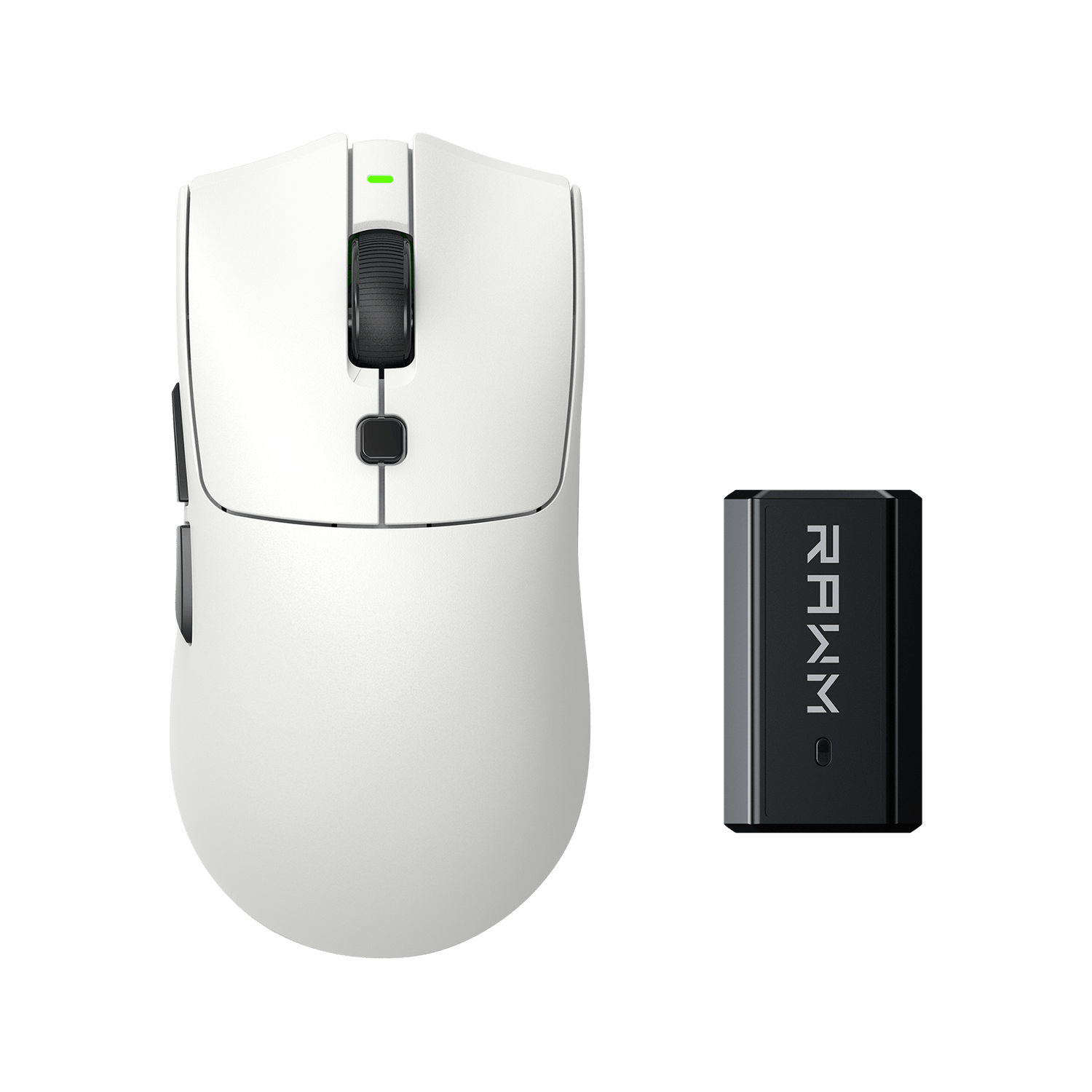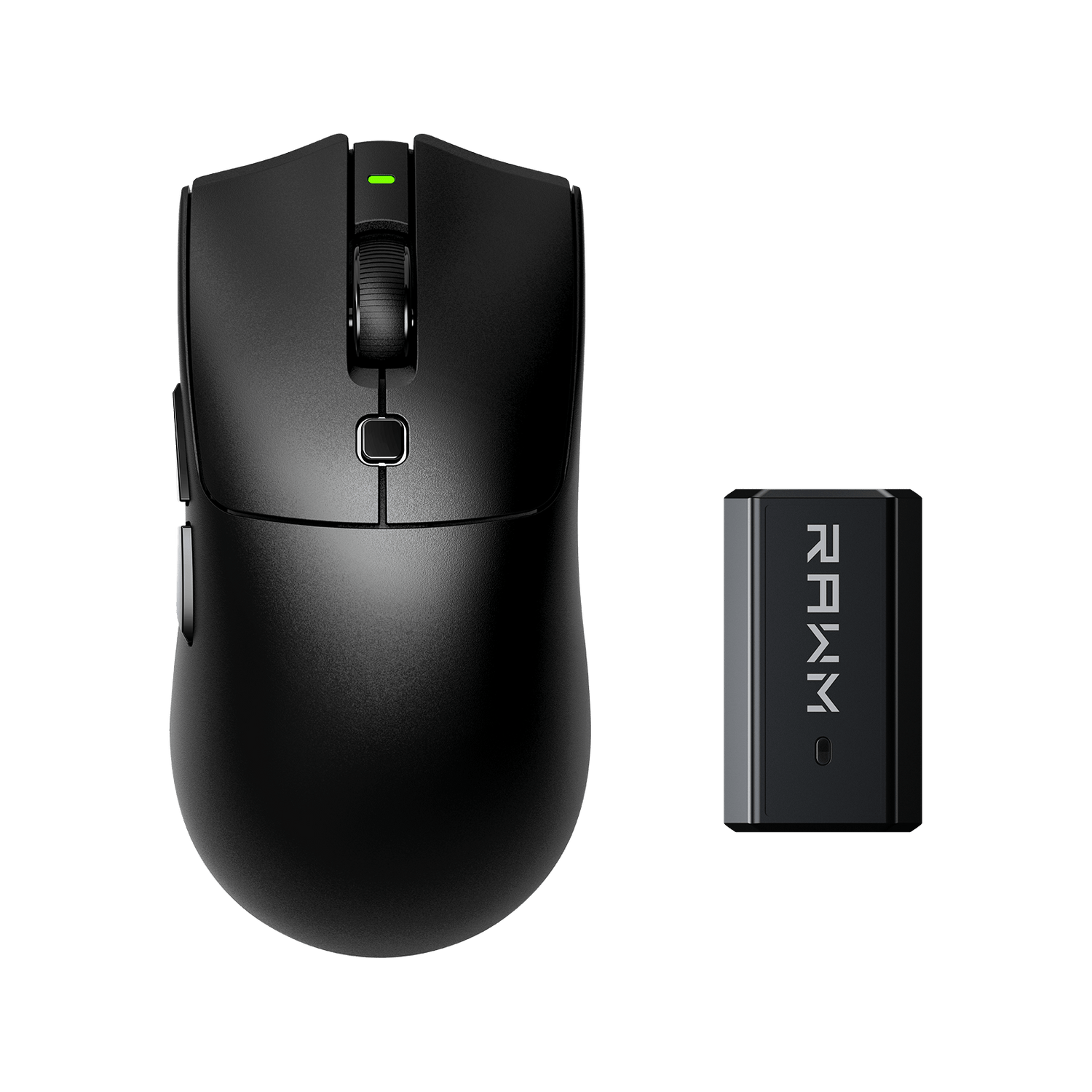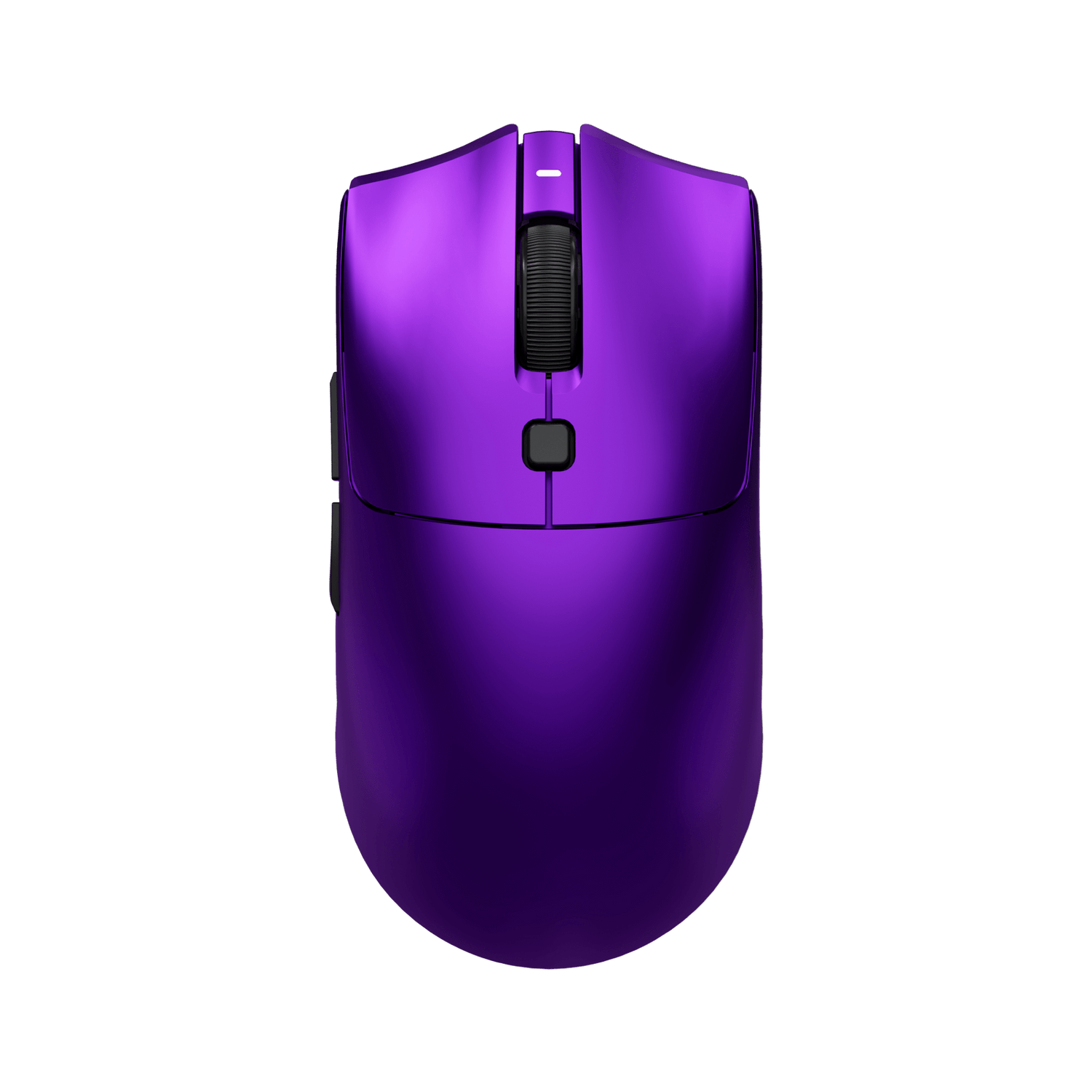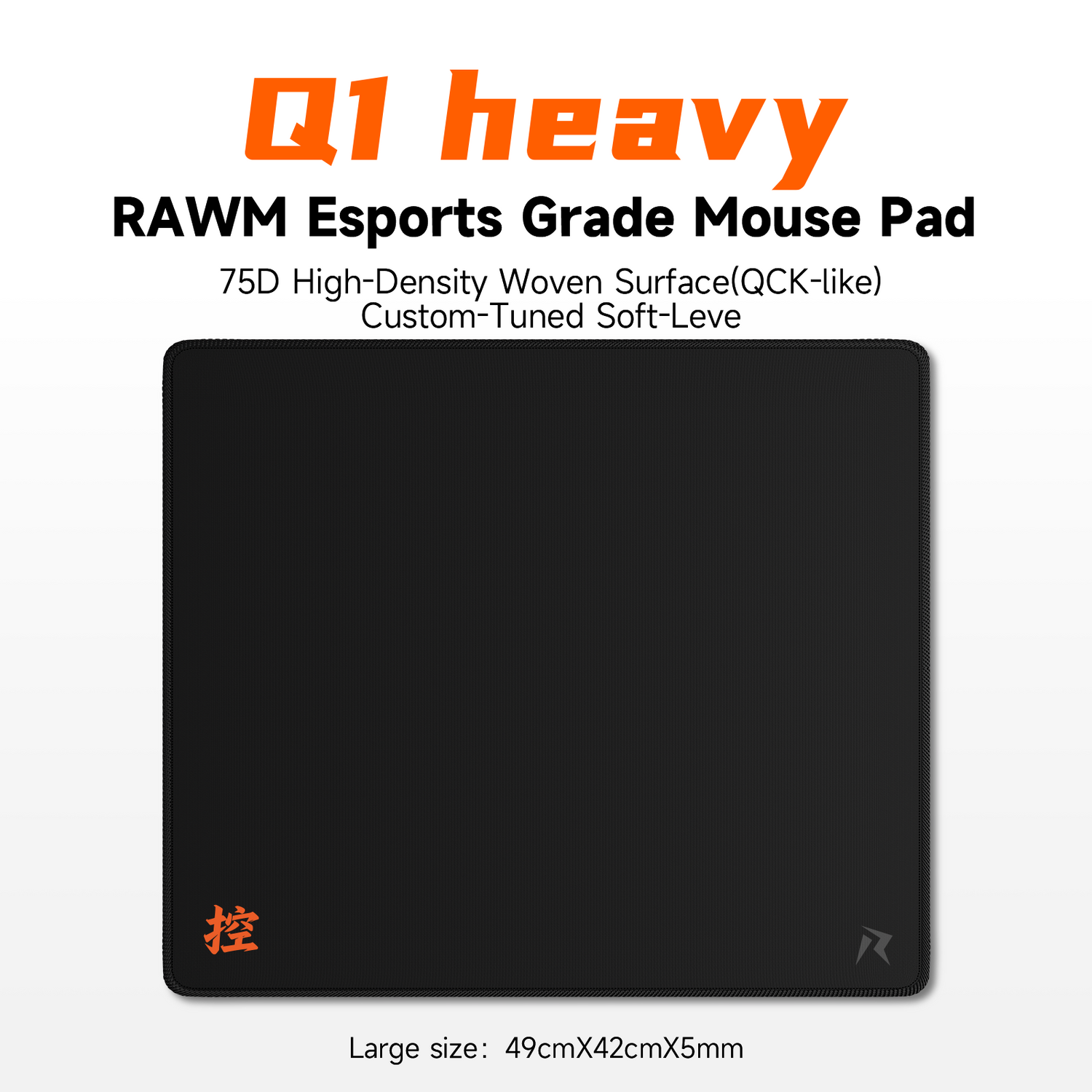
What’s Hyper-Polling Technology?
1. Gaming Mouse Hyper-Polling Technology
2. How Gaming Mouse Hyper-Polling Technology Works
3. The Real-World Benefits of Gaming Mouse Hyper-Polling Technology
4. Limitations and Myths About Gaming Mouse Hyper-Polling Technology
5. Comparing Gaming Mouse Hyper-Polling Technology with Standard Polling
6. How to Enable Gaming Mouse Hyper-Polling Technology
7. Is Gaming Mouse Hyper-Polling Technology Worth It?
In the world of competitive gaming, milliseconds decide victory or defeat. The responsiveness of your gaming peripherals—especially your mouse—plays a huge role in how accurately your inputs are reflected on screen. That’s where gaming mouse hyper-polling technology enters the scene.
This technology has redefined what “low latency” truly means by enabling mice to communicate data to the computer at incredibly high frequencies—up to 8000Hz and beyond. In simpler terms, gaming mouse hyper-polling technology makes your actions feel more instant and precise, which is why professional players are switching to hyper-polling-enabled devices.
But what exactly is it, how does it work, and is it really worth the hype?
1. Gaming Mouse Hyper-Polling Technology
Before diving into its impact, let’s first define what gaming mouse hyper-polling technology actually is.
A polling rate refers to how often your mouse reports its position to the computer. It’s measured in hertz (Hz). For instance, a 1000Hz polling rate means the mouse updates the system 1000 times per second.
Gaming mouse hyper-polling technology takes this a step further—boosting that frequency to 4000Hz, 8000Hz, or even higher. That means your computer receives up to eight times more data points every second, allowing movements and clicks to register more precisely and reducing overall input delay.
| Polling Rate (Hz) | Update Interval (ms) | Responsiveness |
|---|---|---|
| 125Hz | 8 ms | Basic office use |
| 500Hz | 2 ms | Casual gaming |
| 1000Hz | 1 ms | Standard competitive level |
| 8000Hz (Hyper) | 0.125 ms | Elite esports precision |
This is the essence of gaming mouse hyper-polling technology—it reduces latency between your hand movement and on-screen action to nearly imperceptible levels.
2. How Gaming Mouse Hyper-Polling Technology Works
The magic behind gaming mouse hyper-polling technology lies in how it handles USB communication and data throughput.
When you move your mouse, the sensor captures positional data in real time. This data must be sent to the PC, interpreted by the game engine, and displayed on screen. Traditionally, USB polling at 1000Hz creates about a 1ms interval between updates. Hyper-polling multiplies that frequency, slashing delay to a tenth of that time.
Key Components Involved:
-
High-speed MCU (Microcontroller Unit) – Manages communication with your PC at ultra-low latency.
-
High-performance Sensor – Must capture and process data fast enough to match the polling frequency.
-
Optimized Firmware – Ensures data integrity without frame skipping or packet loss.
-
Efficient Driver Stack – Works with the operating system to handle high USB traffic smoothly.
For example, the RAWM Leviathan V4 integrates PixArt’s latest low-latency optical sensor with a high-efficiency Nordic chipset, ensuring flawless stability at hyper-polling rates. This synergy allows true 8000Hz performance without jitter or overheating—proving that proper design matters as much as frequency itself.
3. The Real-World Benefits of Gaming Mouse Hyper-Polling Technology
So, what practical difference does gaming mouse hyper-polling technology make for gamers? Let’s look at measurable advantages:
1. Reduced Input Latency
At 8000Hz, your actions are recognized almost instantly—reducing total system latency by up to 0.875 ms compared to a 1000Hz mouse. While that might sound tiny, in esports titles like CS2, Valorant, or Apex Legends, it can mean the difference between hitting a headshot and missing it.
2. Smoother Cursor Movement
The mouse cursor updates more frequently, making micro-adjustments look and feel smoother—particularly noticeable in sniping, tracking, or precise graphic editing tasks.
3. More Consistent Tracking
Because your PC receives data more often, it interpolates fewer gaps in movement, leading to uniform and predictable tracking patterns.
4. Better for High-Refresh-Rate Monitors
When paired with 240Hz or 360Hz displays, gaming mouse hyper-polling technology synchronizes better with frame rendering, ensuring your input is processed in sync with visual output.
| Feature | Standard 1000Hz Mouse | Hyper-Polling 8000Hz Mouse |
|---|---|---|
| Input Delay | 1 ms | 0.125 ms |
| Cursor Smoothness | Moderate | Extremely smooth |
| Tracking Consistency | High | Ultra-high |
| CPU Load | Low | Moderate |
| Ideal Use | General gaming | Esports & precision control |
4. Limitations and Myths About Gaming Mouse Hyper-Polling Technology
Despite its advantages, gaming mouse hyper-polling technology isn’t without trade-offs or misconceptions.
Myth 1: Hyper-polling always improves performance
Not entirely true. While latency drops, your total performance also depends on system power, monitor refresh rate, and GPU processing time.
Myth 2: It works on every system
Older PCs or laptops with underpowered USB controllers may not handle 8000Hz efficiently, leading to CPU spikes.
Myth 3: It drains wireless battery quickly
While higher polling consumes more energy, efficient models like the ER21PRO use intelligent firmware scheduling to maintain excellent battery life, even when operating at hyper-polling frequencies.
Myth 4: You can feel 0.125 ms difference
You can’t consciously detect it—but your gameplay precision benefits subconsciously. Reduced motion delay helps build muscle memory consistency over time.
So, while gaming mouse hyper-polling technology offers real benefits, it shines most for competitive players who value responsiveness over power efficiency.
5. Comparing Gaming Mouse Hyper-Polling Technology with Standard Polling
To understand where gaming mouse hyper-polling technology fits, let’s compare it directly with standard 1000Hz polling.
| Specification | 1000Hz Mouse | 8000Hz Hyper-Polling Mouse |
|---|---|---|
| Update Interval | 1 ms | 0.125 ms |
| Ideal Frame Rate Match | 144Hz | 360Hz+ |
| Sensor Requirement | Mid-tier | High-end optical |
| CPU Utilization | ~2–3% | ~8–10% |
| Perceived Responsiveness | High | Instantaneous |
| Suitable For | Casual to semi-pro | Pro & tournament play |
The chart shows how gaming mouse hyper-polling technology not only improves latency but aligns better with the ultra-high refresh monitors popular among esports players.
6. How to Enable Gaming Mouse Hyper-Polling Technology
If you’ve purchased a hyper-polling-capable mouse, enabling it usually involves software or firmware configuration.
Step-by-Step Setup Guide
-
Install the Manufacturer Software – Such as RAWM Control Suite.
-
Open Device Settings – Find the “Polling Rate” or “Performance” section.
-
Select 4000Hz or 8000Hz Mode – Some mice offer intermediate steps (2000Hz, 4000Hz).
-
Save to Onboard Memory – Ensures the setting remains active across devices.
-
Test for Stability – Use tools like MouseTester to confirm stable polling.
If you’re using the RAWM Leviathan V4, hyper-polling is available as a firmware-level toggle, ensuring stable 8000Hz communication even without driver interference—perfect for esports tournaments that restrict software installs.
7. Is Gaming Mouse Hyper-Polling Technology Worth It?
For everyday users, the benefits might feel subtle. But for professional gamers, streamers, and competitive enthusiasts, gaming mouse hyper-polling technology can provide a tangible advantage in precision and response.
You should consider hyper-polling if you:
-
Play fast-paced FPS or MOBA games
-
Use a 240Hz or higher refresh-rate monitor
-
Rely heavily on aim consistency and tracking precision
-
Already have a high-end gaming setup
However, if you’re on a mid-range system or mostly play casual titles, 1000Hz remains perfectly serviceable.
Still, the trend in gaming peripherals clearly points toward hyper-polling as the next standard. Devices like the RAWM Leviathan V4 demonstrate how smart architecture and efficient power management make 8000Hz polling not only possible but practical for real-world gaming.
The Future of Gaming Mouse Hyper-Polling Technology
To sum up, gaming mouse hyper-polling technology isn’t just a marketing buzzword—it’s a genuine leap in input precision and system responsiveness. By transmitting up to eight times more data per second, it bridges the gap between human reflexes and digital feedback, creating a nearly lag-free control experience.
Whether you’re an aspiring esports professional or a precision enthusiast, exploring gaming mouse hyper-polling technology is worth your attention. And if you’re seeking a future-proof mouse that truly utilizes this tech, the RAWM Leviathan V4 combines an advanced optical sensor with firmware-level polling control for the smoothest, most responsive gameplay possible.
Hyper-polling is shaping the next generation of gaming peripherals—where reaction meets perfection.
Have you tried a mouse that supports gaming mouse hyper-polling technology? Did you notice any difference in responsiveness or aim precision? Share your experience in the comments below—your insights could help other players optimize their setup!
>>See also Can you lower LOD with firmware? >>>>>








